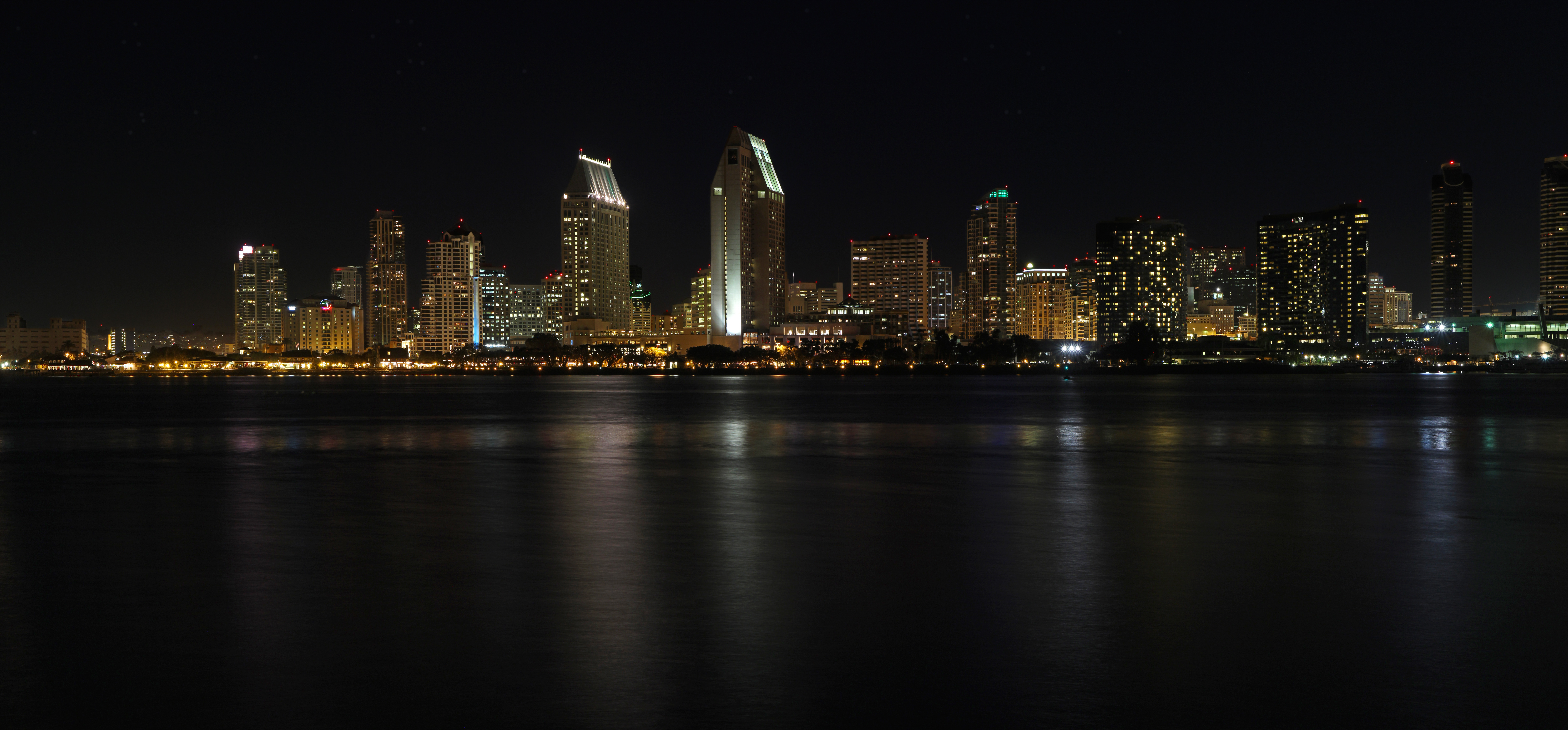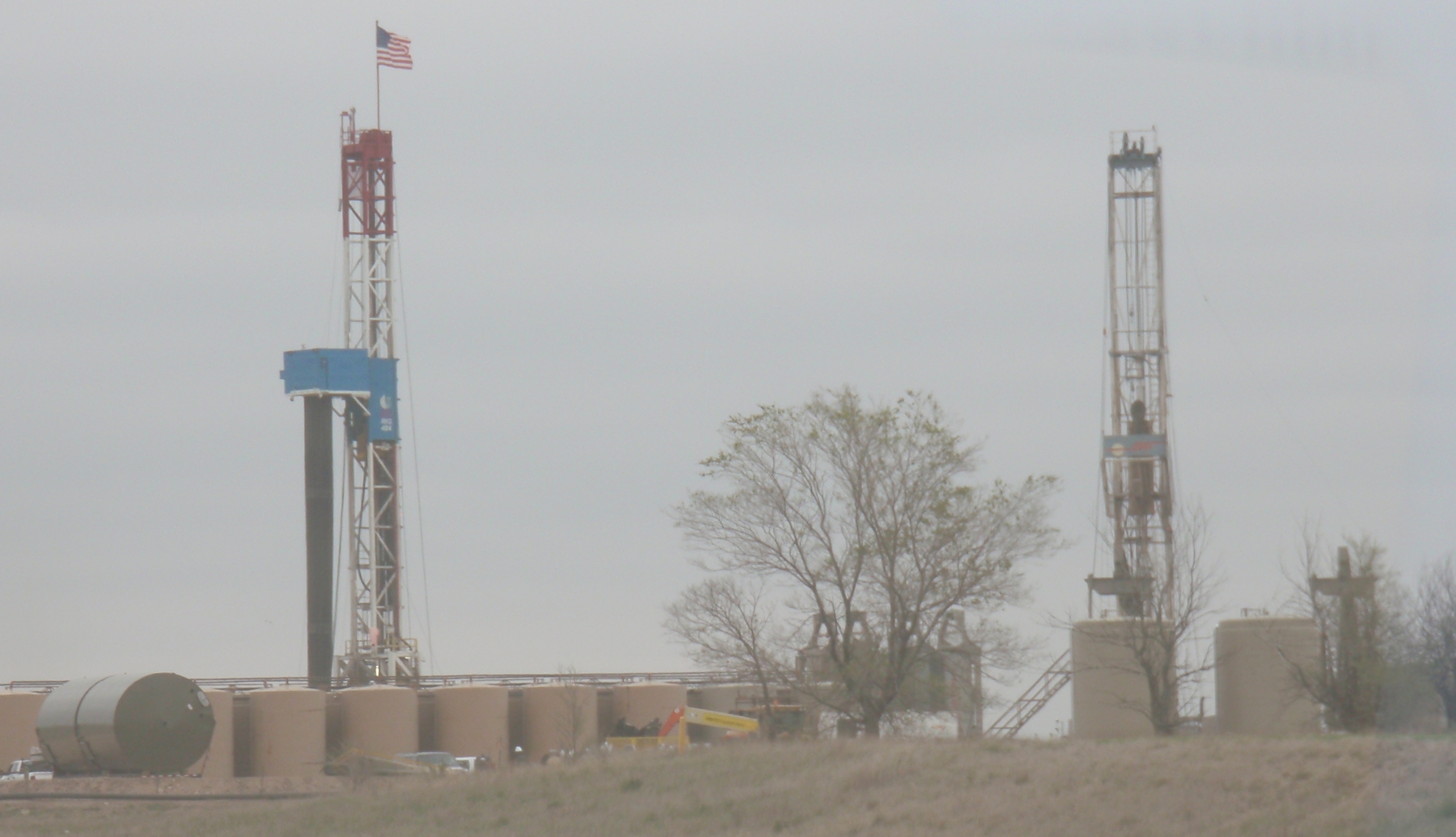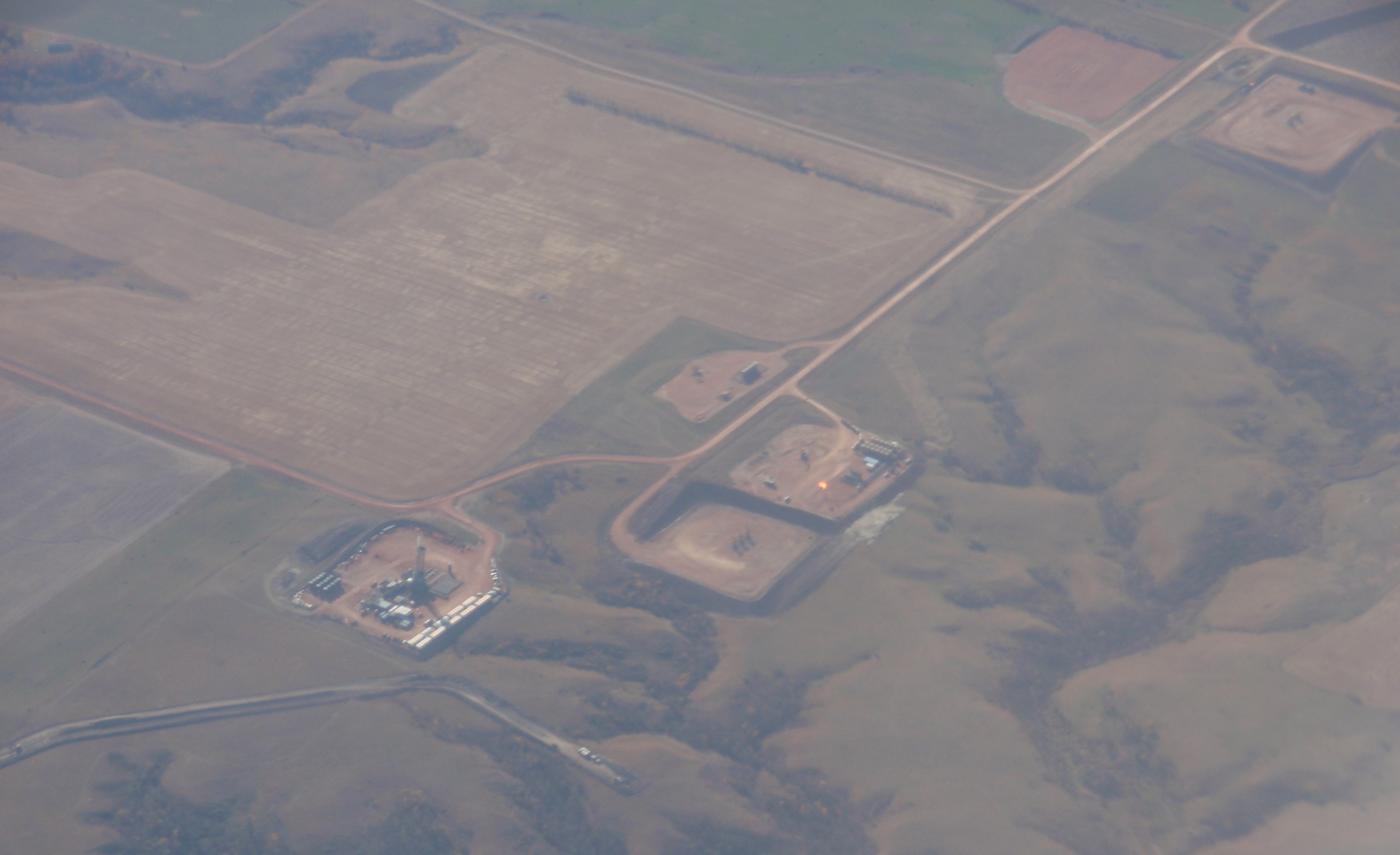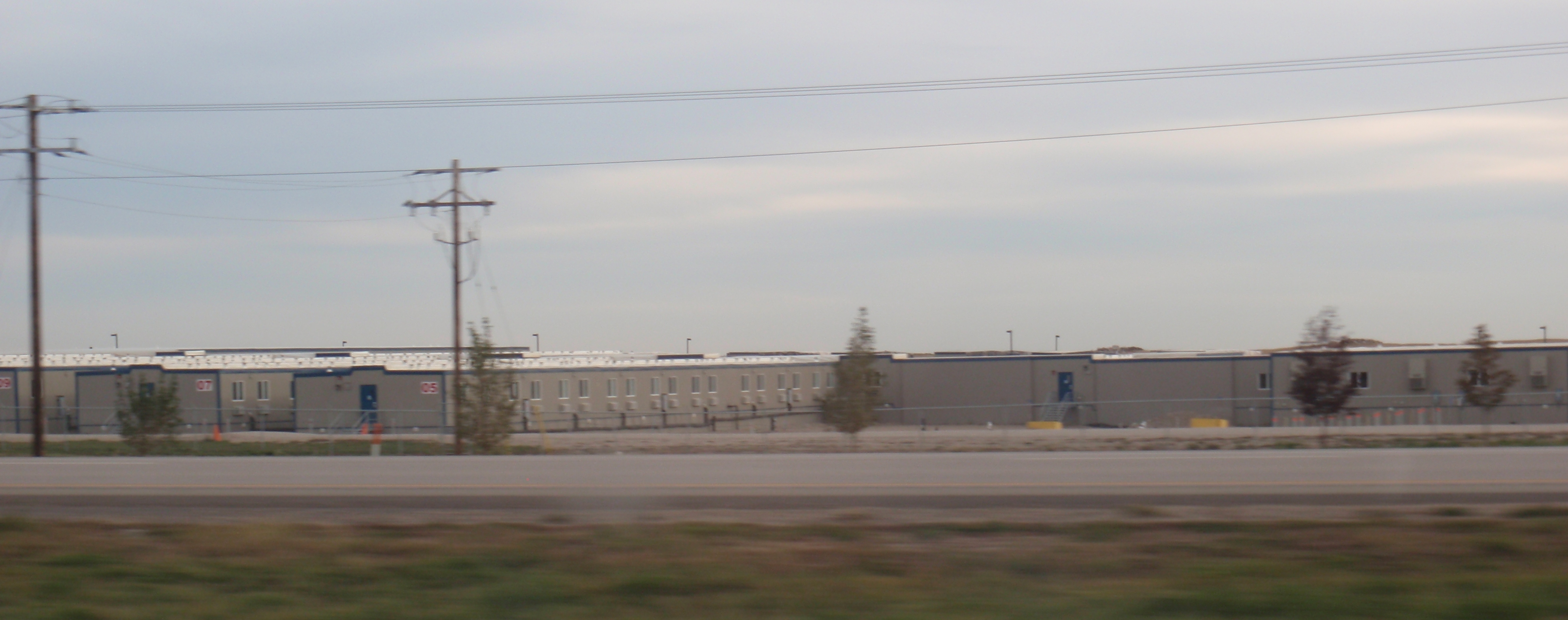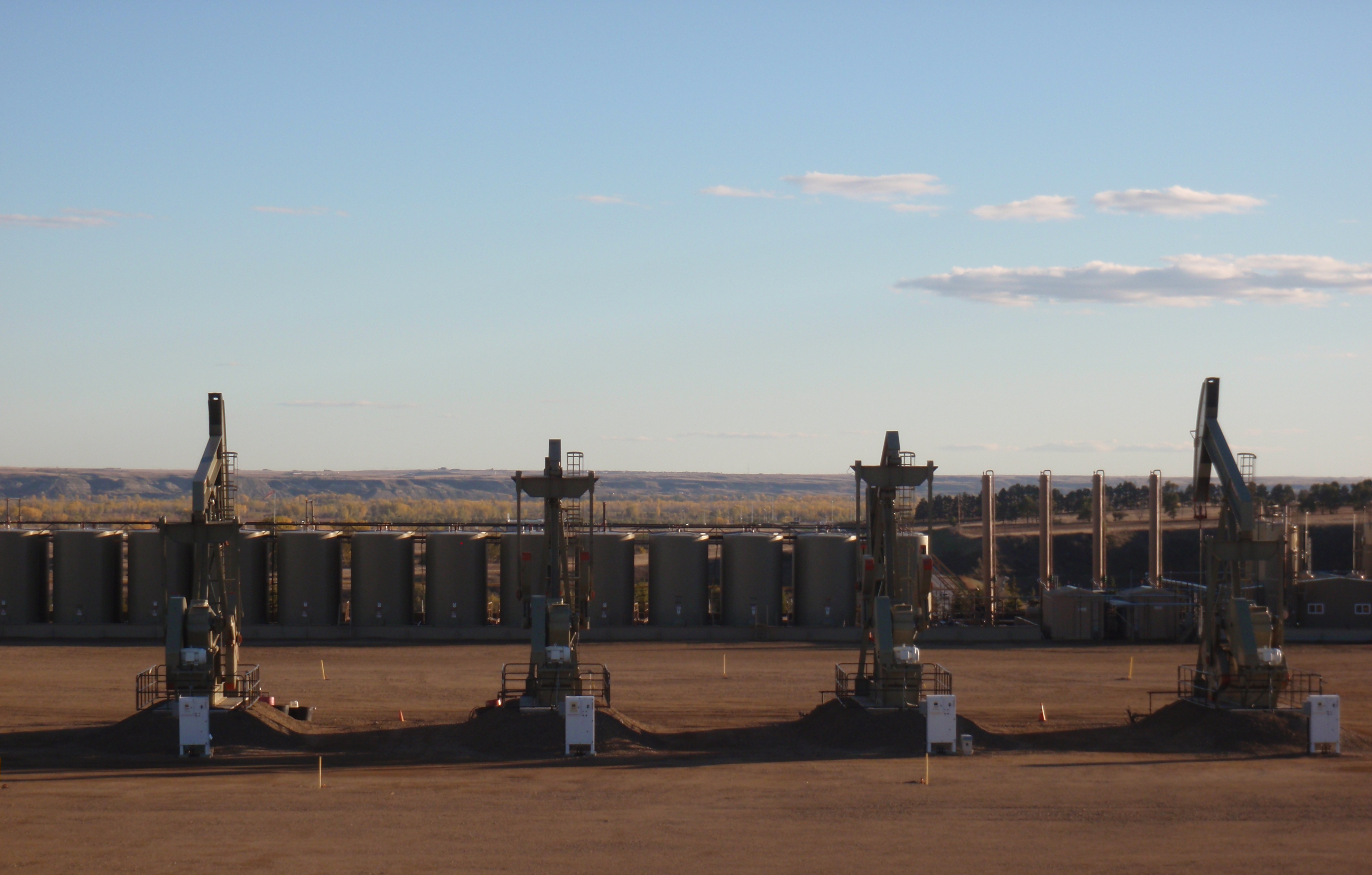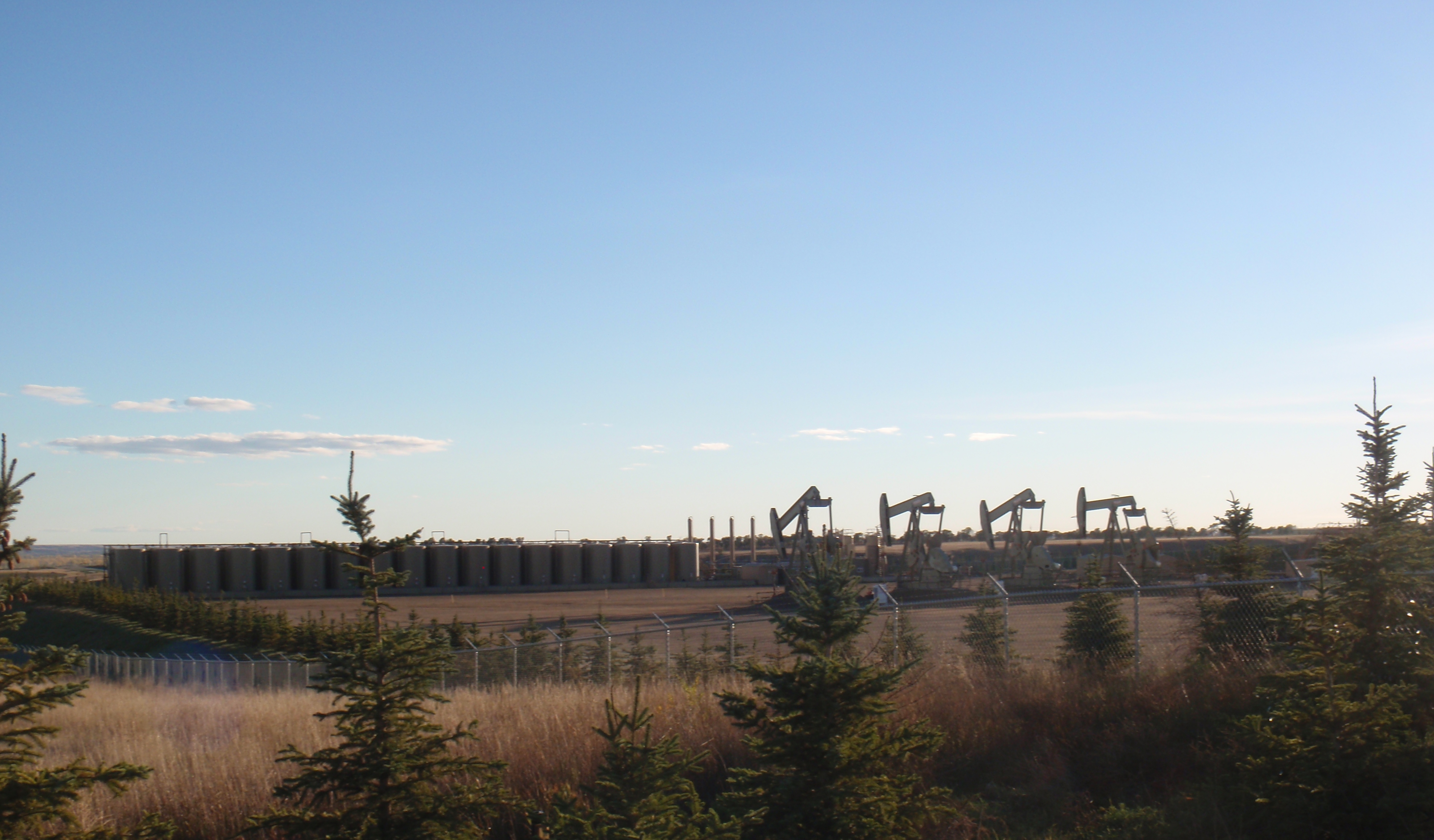It is astounding to watch what is happening in the energy arena. U.S. petroprenuers have kicked off an energy revolution.
The staggering idea is this whole shale thing could just be getting started. Consider the following:
5/26 – Mark Perry at Investors Business Daily – Saudis’ Drive to Kill U.S. Shale Has Backfired – Prof. Perry points out the Saudis have now acknowledged their goal was to take out shale production. They think they have substantially succeeded based on the drop in recount.
I think the conceptual error is to assume there is a direct correlation between rig count and production. There are so many fallacies in that concept.
The ironic thing is there is a huge fracklog of wells drilled but are awaiting completion. As soon as prices come up a bit (exact point we may soon find out) there are a lot of wells for which it will be economic to finish. In North Dakota there are around 800 wells that just need to be fracked and they can come on the market. For context that’s just under half a years worth of new drilling.
One of the highly unintended consequences is to accelerate efficiencies and technological innovation. The article calls attention to those factors.
Continue reading “More on the revolution in energy, specifically shale oil”
